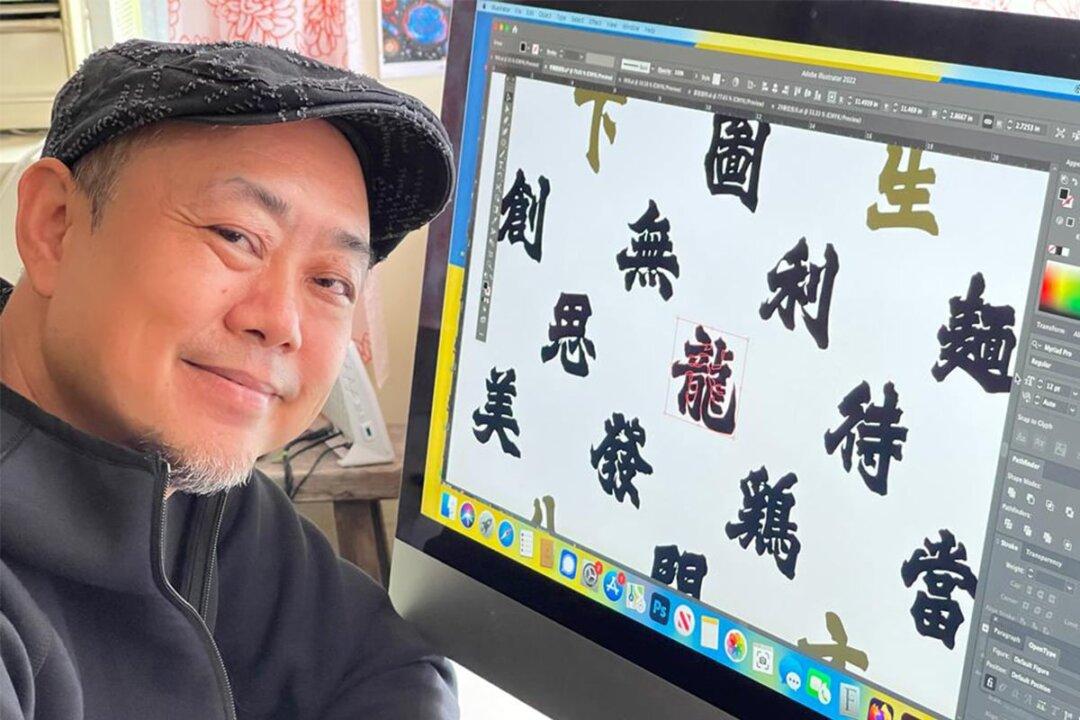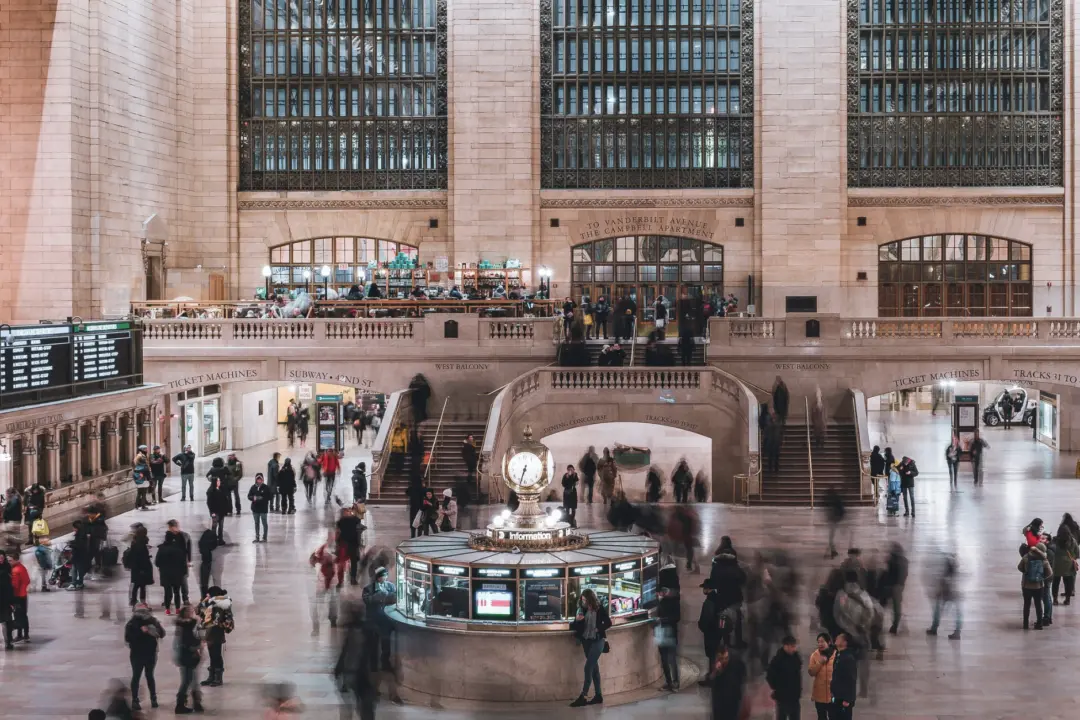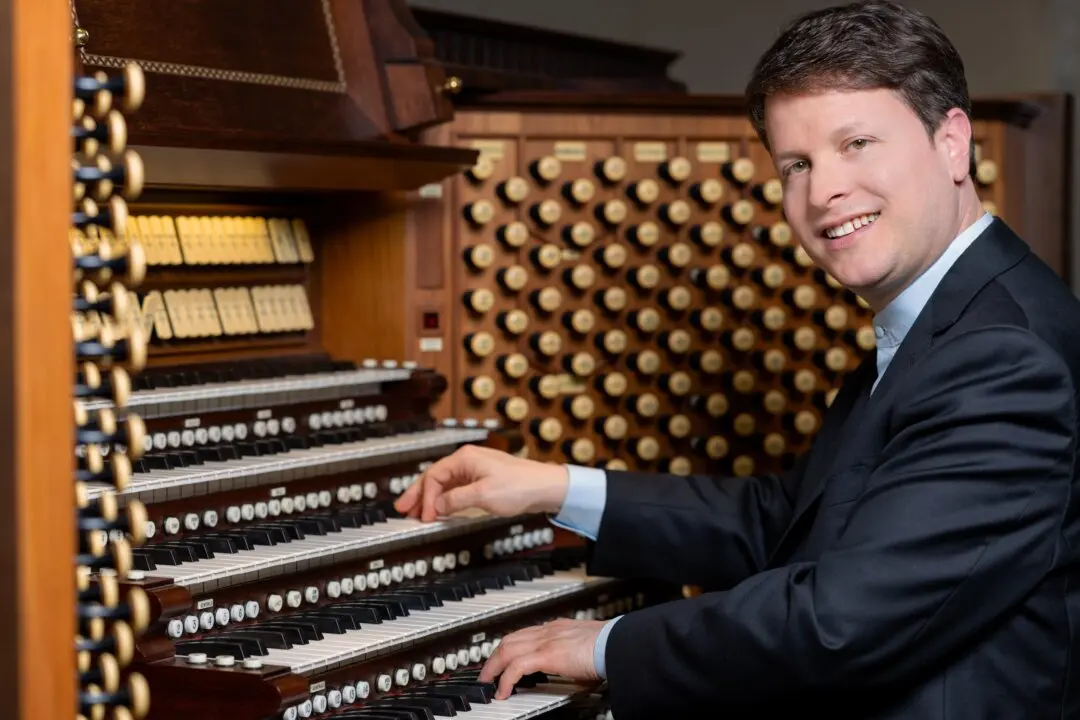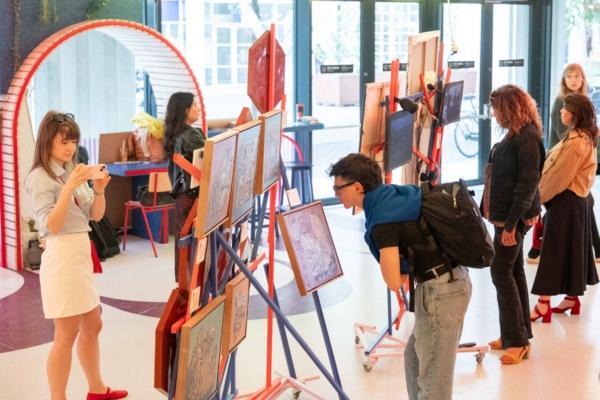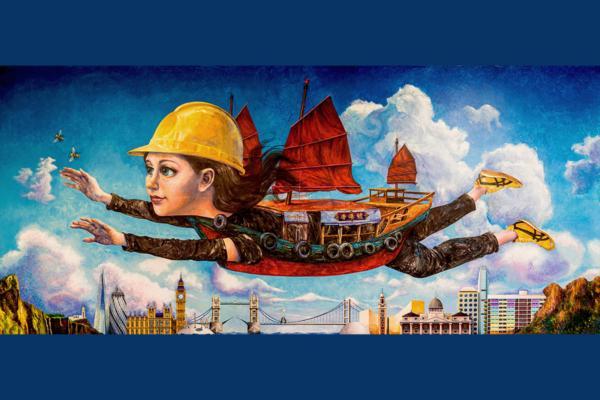Old Hong Kong gave people the impression of prosperous commercial streets with advertising signboards hanging high, distinctive both day and night. In the daytime, you could enjoy the staggered signboards with different sizes of calligraphy. At night, all the signboards were colorful and dazzling with neon lights.
There was a majestic and powerful calligraphic style commonly used for signboards. This style inherited the essence of calligraphy from the Northern Wei Dynasty. It was square and thick without losing its elegance, symbolizing a strong, tolerant Hong Kong combining Eastern and Western cultures, filled with vitality.
